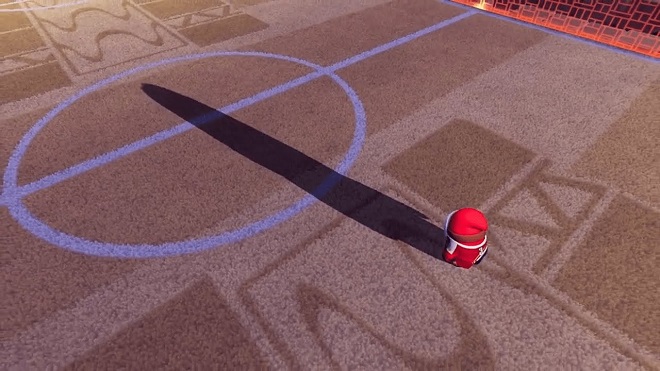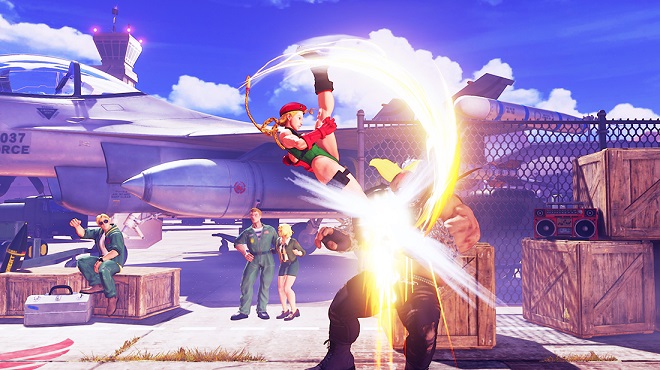Cognition Dissemination: When You’re Paying for Content Potential

I wrote about how video game publishers are increasingly pushing console player bases to digital software purchases a week ago. Alan Wake 2 will be the biggest culprit by far, with developer Remedy Entertainment and publisher Epic Games not even bothering with a physical release, unheard of for a game of its budget. It’s an escalation compared to subtler efforts from companies like Activision Blizzard and Microsoft, two companies still likely to join each other, which have both shipped games with only minimal data on the discs with the remaining content requiring a download.
That’s one issue concerning video game releases in our brave new age. Another one involves companies releasing feature-incomplete games, titles with only minimal content in the base versions. More content will arrive weeks after launch for each game, free or not. But the worst tend to be those with requirements to either unlock or pay for remaining content. The former method is typically used to mitigate the latter, with unlocking processes sometimes so difficult and time consuming that publishers figure players will just pay for the content to get what they want. That is, if they’re given the option at all.

The last Nintendo sports title is one of the biggest examples of this phenomenon, albeit without the unlocking option: Mario Strikers: Battle League, the first Mario Strikers soccer game released since Mario Strikers Charged during the Wii days in 2007. The game plays well, but a key issue came in how content-deprived it was at launch. Battle League launched with a mere ten characters, a tiny amount for a four-on-four soccer game that didn’t make for much variety in the opposing teams. Subsequent free updates added six more characters to take the number up to 16.
This doesn’t sound too bad, but it pales in comparison to other Mario sports titles. Fellow Switch title Mario Tennis Aces, for instance, launched with 16 characters and got 14 as free DLC characters for a total of 30, a robust amount for a primarily two-on-two title. It too was criticized for its approach, but that was nothing compared to Battle League. The soccer game left several players feeling cold about the $59.99 they spent on the launch product and slightly afterward. Fans like me were hoping the RPG modes from older handheld Mario sports titles would eventually debut in the console versions, and that those from Camelot-developed titles would eventually debut in the Next Level Games-developed Mario Strikers games. But they’ve drifted in the opposite direction.

The title that always comes to my mind when pondering content-deprived games is Capcom’s Street Fighter V, which remains one of the best examples more than seven years after its initial release. The game launched with only 16 characters, a step down from the previous game’s launch of 25, and so few modes of play that there was little content for players to occupy their time with outside the online modes. Hell, it didn’t even have an Arcade Mode. It eventually received plenty of content through DLC over the years, though trying to earn it for free with the in-game Fight Money currency was such a difficult process that it was a better alternative to simply buy the Season Passes, though free content eventually arrived too. The experiment was initially a failure for Capcom, though they eventually profited off it after stuffing it full of microtransactions.
Capcom has largely learned this lesson through Street Fighter 6, launched with a considerably larger amount of content. But they’ve merely polished and modified their existing strategy, and there’s potential for the microtransactions to be just as bad as its predecessor in time. The are far more examples of this, with Bungie’s Destiny being another one, while Blizzard has been slower to respond to the needs of Overwatch 2’s player base than expected.
By a similar token: Consider the games launched with plenty of content that received a pile of free downloadable content over the years, most of which can’t be played now thanks to the online stores on older systems being disabled. The Nintendo DS and 3DS have a number of these. Anyone who boots up the Animal Crossing titles released on both platforms, Wild World and New Leaf, will find that they can no longer play a pile of content released over the years unless it’s stored on the systems. This also applies to Dragon Quest IX, which received plenty of post-game content as DLC that’s long vanished into the digital otherworld. I’m still a little confident that DQIX will be ported to another platform with enhanced graphics and all the content, but I have no hope of this happening with Nintendo’s AC games.
These types of titles are still released, but with enough content at launch to satisfy the player base. The aforementioned Street Fighter 6 is among them, alongside Destiny 2 and Animal Crossing: New Horizons. In a way, the player base served as beta testers for publishers over the years to refine how this process works. They determined just how much the players would deem acceptable for launch content in a $60-$70 base game, with — and I’m using these examples again — SFV (unacceptable) to SF6 (acceptable… assuming the microtransactions don’t get too crazy) and Destiny (unacceptable) leading to Destiny 2 (acceptable… though getting a bit long in the tooth).
That’s one process fixed, but the problem of this creating a preservation crisis remains. Many of these games provide content through downloads, and few receive subsequent releases with all the content on disc. This creates a net negative for efforts to preserve the entire video gaming experiences, as there’s no telling when the publisher will shut off servers for a specific game. There’s similarly no telling when hardware manufacturers will disable all downloads for a given console. Fortunately, most of the above games received official releases on PC, which makes it easier for preservationists (we used to call them “pirates”) to archive the content. This is more difficult for Nintendo titles, but hardly impossible given platform emulation, despite the company’s efforts to disappear sites and services that host roms regardless of their legality notices.
Publishers discovered something golden between the last console generation and the current one: Paying for potential is just fine for most players when the content in launch products is good enough and if subsequent deals are good enough when they offer enough content through their Season Passes. It’s the equivalent of walking a tightrope, where even if someone doing so has good footing when they first venture out, there remains potential for them to tumble and eventually fall off. It doesn’t feel like too much of an ask for publishers to provide all the content on disc (or card) for a subsequent physical release, but reconsider the desire for them to lessen the number of physical games to realize the low chance of this happening. At least most publishers know how to provide value now.
Related posts:
About The Author
Geoff
News Editor | Geoff is some nerd who writes for a blog and thinks he's knowledgeable. He write a lot about video games, but is capable of writing about other subjects, too. Twitter
Add a Comment
Cancel reply
This site uses Akismet to reduce spam. Learn how your comment data is processed.






The short-sighted issue this brings up along with your previous post about physical copies is… when consoles go 100% digital, why would I use one instead of my PC? I think when console-makers (well, probably just Sony) realize this, you’re going to see a lot fewer PC versions of 1st-party games.
This thought crossed my mind a few weeks ago, I just waved it off as a scenario that couldn’t possibly happen anytime soon. But now I can see it happening with how quickly publishers are moving. What a time.
Preservation crisis you mentioned will remain big in these scenarios
Yup, it’s definitely the running theme. Outside of PC stuff, it could be a problem in the distant future.